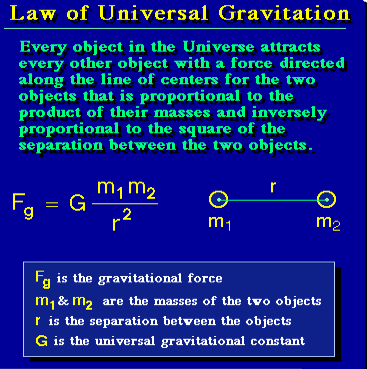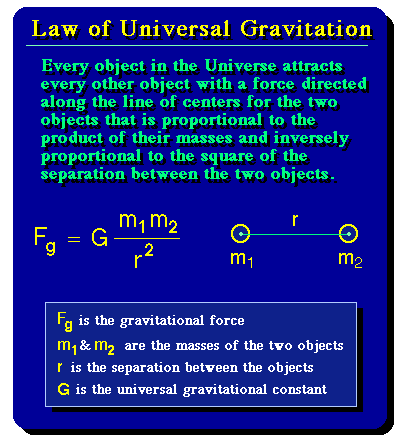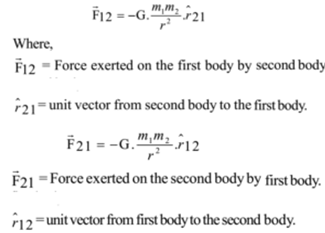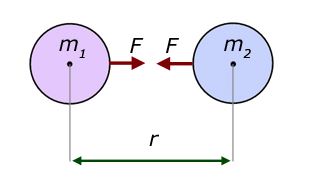Ace State Newton's Universal Law Of Gravitation Explain It In Mathematical Form

Newtons law of gravitation statement that any particle of matter in the universe attracts any other with a force varying directly as the product of the masses and inversely as the square of the distance between them.
State newton's universal law of gravitation explain it in mathematical form. Equation 4 is known as the mathematical form of Newtons law of gravitation or the law of gravitational force. NEWTONS LAW OF GRAVITATION Newtons law of gravitation states thatevery object in the universe attracts the other object with a force and. A fundamental law known after his name ie.
F G m1m2 r2. Newtons law of universal gravitation - Statement Newtons law of gravitation states that every particle in the universe attracts every other particle with a force which is directly proportional to the product of their masses and inversely proportional to the square of the distance between them. And as per this law this force is i inversely proportional to the square of the distance between the objects and ii directly proportional to the product of the masses of these two objects involved.
Newton universal law of gravitation every particle in the universe attracts every other particles with a force along a line joining them. This force is termed as gravitational force. It is also known as the inverse square law.
In accordance with this law two point masses attract each other with a force that is directly proportional to the masses of these bodies m1 and m2 and inversely proportional to the square of the distance between them. Newtons law of universal gravitation states that every point mass in the universe attracts every other point mass with a force that is directly proportional to the product of their masses and inversely proportional to the square of the distance between them. Stated in modern language Newtons universal law of gravitation states that every particle in the universe attracts every other particle with a force along a line joining them.
The law of universal gravitation was formulated by Isaac Newton 16431727 and published in 1687. Derivation of Newtons Universal Law of Gravitation based upon Keplers equations Sir Isaac Newton 1643 1727 Of course planets do not accelerate and fall into their center bodies due to a countervailing centrifugal force and Newtons Law of Inertia. The mathematical equation for the law is given as F G m_1m_2r2 where G is universal gravitational constant m1 and m2 are masses and r is the distance between two masses.
From equation 4 we find that the force acting on each other will be directly proportional to the product of point masses and inversely proportional square of the distance between them. Newtons genius shone when he made his 2nd Law of Motion both famous and universal. In its simplest form Newtons law of universal gravitation states that bodies with mass attract each other with a force that varies directly as the product of their masses and inversely as the square of the distance between them.













